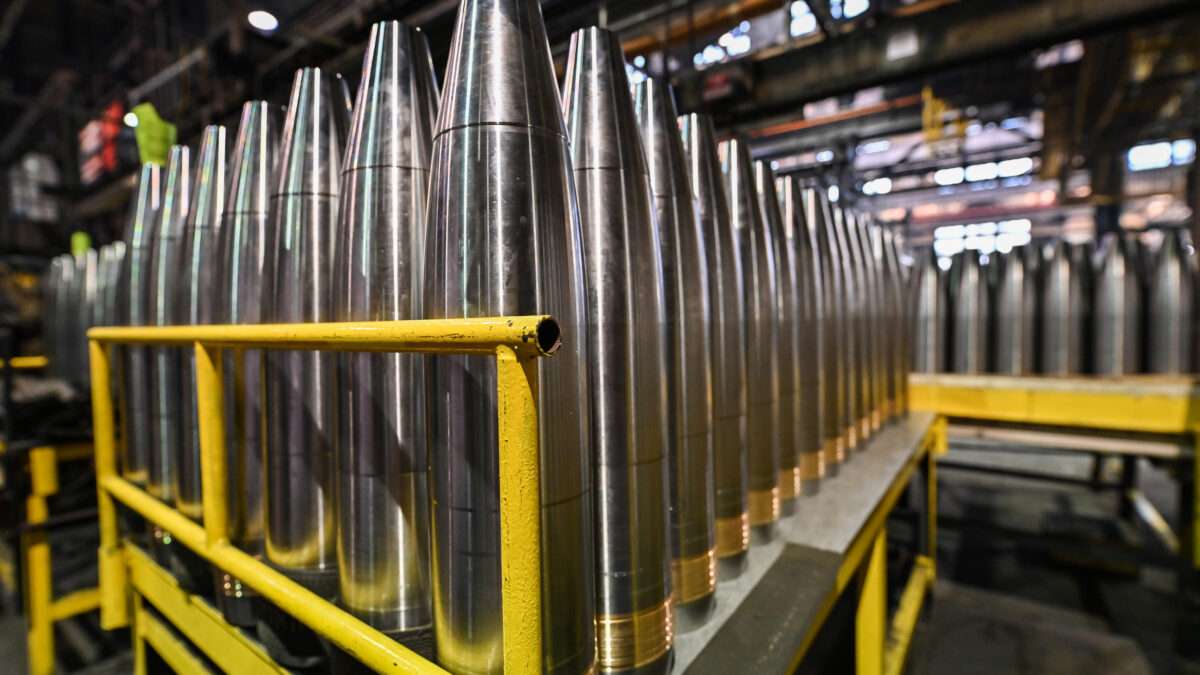Taiwan Reboots Its Solar-Power Fishponds
A maze of brackish and freshwater ponds covers Taiwan’s coastal plain, supporting aquaculture operations that produce roughly NT $30 billion (US $920 million) worth of seafood every year. Taiwan’s government is hoping that the more than 400 square kilometers of fishponds can simultaneously produce a second harvest: solar power.
What is aquavoltaics?
That’s the impetus behind the new 42.9-megawatt aquavoltaics facility in the southern city of Tainan. To build it, Taipei-based Hongde Renewable Energy bought 57.6 hectares of abandoned land in Tainan’s fishpond-rich Qigu district, created earthen berms to delineate the two dozen ponds, and installed solar panels along the berms and over six reservoir ponds.
Tony Chang, general manager of the Hongde subsidiary Star Aquaculture, says 18 of the ponds are stocked with mullet (prized for their roe) and shrimp, while milkfish help clean the water in the reservoir ponds. In 2023, the first full year of operation, Chang says his team harvested over 100,000 kilograms of seafood. This August, they began stocking a cavernous indoor facility, also festooned with photovoltaics, to cultivate white-legged shrimp.
A number of other countries have been experimenting with aquavoltaics, including China, Chile, Bangladesh, and Norway, extending the concept to large solar arrays floating on rivers and bays. But nowhere else is the pairing of aquaculture and solar power seen as so crucial to the economy. Taiwan is striving to massively expand renewable generation to sustain its semiconductor fabs, and solar is expected to play a large role. But on this densely populated island—slightly larger than Maryland, smaller than the Netherlands—there’s not a lot of open space to install solar panels. The fishponds are hard to ignore. By the end of 2025, the government is looking to install 4.4 gigawatts of aquavoltaics to help meet its goal of 20 GW of solar generation.
Is Taiwan’s aquavoltaics plan unrealistic?
Meanwhile, though, solar developers are struggling to deliver on Taiwan’s ambitious goals, even as some projections suggest Taiwan will need over eight times more solar by 2050. And aquavoltaics in particular have come under scrutiny from environmental groups. In 2020, for example, reporter Cai Jiashan visited 100 solar plants built on agricultural land, including fishponds, and found dozens of cases where solar developers built more solar capacity than the law intended, or secured permits based on promises of continued farming that weren’t kept.
![]() Star Aquaculture grows milkfish to help clean water for its breeding ponds.HDRenewables
Star Aquaculture grows milkfish to help clean water for its breeding ponds.HDRenewables
On 7 July 2020, Taiwan’s Ministry of Agriculture responded by restricting solar development on farmland, in what the solar industry called the “Double-Seven Incident.” Many aquavoltaic projects were canceled while others were delayed. The latter included a 10-MW facility in Tainan that Google had announced to great fanfare in 2019 as its first renewable-energy investment in Asia, to supply power for the company’s Taiwan data centers. The array finally started up in 2023, three years behind schedule.
Critics of Taiwan’s renewed aquavoltaic plans thus see the government’s goal as unrealistic. Yuping Chen, executive director of the Taiwan Environment and Planning Association, a Taipei-based nonprofit dedicated to resolving conflicts between solar energy and agriculture, says of aquavoltaics, “It is claimed to be crucial by the government, but it’s impossible to realize.”
How aquavoltaics could revive fishing, boost revenue
Solar developers and government officials who endorse aquavoltaics argue that such projects could revive the island’s traditional fishing community. Taiwan’s fishing villages are aging and shrinking as younger people take city jobs. Climate change has also taken a toll. Severe storms damage fishpond embankments, while extreme heat and rainfall stress the fish.
4.4
Gigawatts of aquavoltaics that Taiwan wants to install by the end of 2025
Solar development could help reverse these trends. Several recent studies examining fishponds in Taiwan found that adding solar improves profitability, providing an opportunity to reinvigorate communities if agrivoltaic investors share their returns. Alan Wu, deputy director of the Green Energy Initiative at Taiwan’s Industrial Technology Research Institute, says the Hsinchu-based lab has opened a research station in Tainan to connect solar and aquaculture firms. ITRI is helping aquavoltaics facilities boost their revenues by figuring out how they can raise “species of high economic value that are normally more difficult to raise,” Wu says.
Such high-value products include the 27,000 pieces of sun-dried mullet roe that Hongde Renewable Energy’s Tainan site produced last year. The new indoor facility, meanwhile, should boost yields of the relatively pricey whiteleg shrimp. Chang expects the indoor harvests to fetch $500,000 to $600,000 annually, compared to $800,000 to $900,000 from the larger outdoor ponds.
The solar roof over the 100,000-liter indoor growth tanks protects the 2.7 million shrimp against weather and bird droppings. Chang says a patent-pending drain mechanically removes waste from each tank, and also sucks out the shrimp when they’re ready for harvest.
![]() Land that Star Aquaculture set aside for wildlife now attracts endangered birds like the black-faced spoonbill [left] and the oriental stork [right].iStock (2)
Land that Star Aquaculture set aside for wildlife now attracts endangered birds like the black-faced spoonbill [left] and the oriental stork [right].iStock (2)
The company has also set aside 9 percent of the site for wildlife, in response to concerns from conservationists. “Egrets, endangered oriental storks, and black-faced spoonbills continue to use the site,” Chang says. “If it was all covered with PV, it could impact their habitat.”
Such measures may not satisfy environmentalists, though. In a review published last month, researchers at Fudan University in Shanghai and two Chinese power firms concluded that China’s floating aquavoltaic installations—some of which already span 5 square kilometers—will “inevitably” alter the marine environment.
Aquavoltaic facilities that are entirely indoors may be an even harder sell as they scale up. Toshiba is backing such a plant in Tainan, to generate 120 MW for an unspecified “semiconductor manufacturer,” with plans for a 360-MW expansion. The resulting buildings could exclude wildlife from 5 square kilometers of habitat. Indoor projects could compensate by protecting land elsewhere. But, as Chen of the Taiwan Environment and Planning Association notes, developers of such sites may not take such measures unless they’re required by law to do so.











